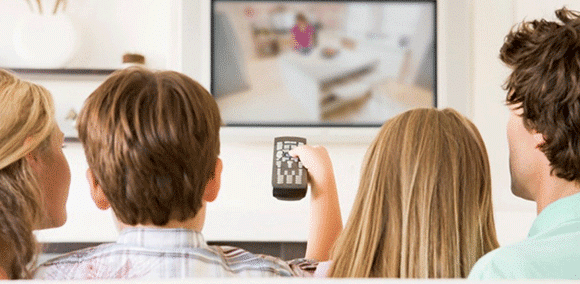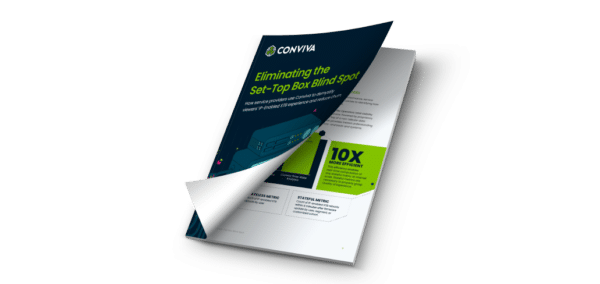
A piece caught our eye this week: FierceCable reported on a Nielsen release, revealing that 27% of Roku viewing happens with multiple viewers. This is meaningful: as Nielsen themselves noted, the market has generally been assuming that viewers who watch content delivered over the Internet are serving themselves and themselves only. But if one in four streams has multiple viewers – can we really say that social viewing is dying off?
Conviva’s numbers agree with this trend that TV is coming full circle. As we look at Conviva’s Industry Data Portal, we can see real trends in consumption on the larger screen.
Let’s start by reminding ourselves that, overall, viewing video content delivered over the Internet has increased. In Q4 of 2014, we saw average consumption minutes across the four primary device types (PC, phone, tablet & connected device) at a total of 340. By Q3 of 2015, this number increased to 433. Now, in fairness, we can’t say that each viewer used all of the device types, so this is only meaningful as a sign post.
More meaningful, perhaps, is to compare the numbers within a particular device, and as we look at the connected devices – and thus those being used to project video onto a TV screen – we see a definite jump. At the end of last year, viewers were consuming 260 minutes there, where just three quarters later the number had jumped to 298. That’s give-or-take 15% movement in under a year, and strongly bolsters the notion that viewers are starting to return to their social ways. In fact, one could compare that to the shift in minutes on mobile phones (arguably the least social screen): in Q4 of 2014, the average minutes spent was 27, by Q3 of 2015 it was 38. Yes, the relative growth is higher, but where phones added 11 minutes a day, TV’s added 38. In other words, consumers added more than three times as many minutes to their silver screen viewing as they did to the tiny device in their pocket.
At the same time, the stickiness of the larger screen seems to be growing, as that of the mobile device is slipping. The average percentage complete of any content on a TV stayed relatively constant, at 58.5% in Q3 of ’15, relative to 58.6% in Q4 of ’14; by contrast phone completion rates dropped from 59% – 55% in 2014 (the range takes into account WiFi versus cellular networks), to 50% – 54% in 2015. Viewers are becoming pickier and quicker to ditch an experience that doesn’t meet their expectations – and those expectations are self-evidently shifting to a demand for TV (and beyond) quality.
It’s not surprising, then, that average picture resolution is growing quickly for connected TVs, from under 3Mbps in 2014 to around 3.3Mbps in 2015; phone viewing on cell networks barely shifted, from 1.62 to 1.66Mbps in the same time span, perhaps limited by the availability of powerful devices and network bandwidth. And TV continually has the lowest level of interruptions (aka buffering) at around .6%, where phones on cellular networks continue to lag at almost three times that rate.
Why does this all matter? Because the TV industry is re-building itself as we speak, with the content producers, aggregators and providers rapidly innovating to protect and grow their position even as technology continues to push the boundaries of what is possible. Where we suspected for a while that viewers were migrating to tiny screens, the numbers now tell us they are headed back to a bigger screen, and a demand for a higher quality of experience.
Want to find out more about what’s going on out there? Head on over to the Conviva Industry Data Portal and do some digging of your own – who knows what you’ll find?







